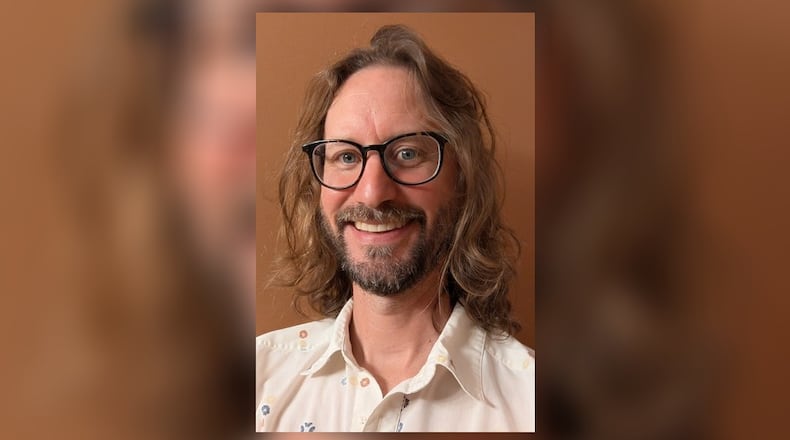Supporters of the Sloopy project often point to property rights of landowners. Property rights are important, but not when their use harms surrounding properties and communities. Secretary Rollins also noted how “solar panel construction damages the soil, compacts the ground, and changes drainage patterns, threatening nearby productive acreage.” Farmers know that once soil health and drainage are disrupted, the effects spread far beyond one field.
One of the greatest frustrations for our community is the lack of transparency from solar developers. It is difficult to believe their promises when they cannot answer specific questions with hard facts and data. Too often, the information provided is crafted by public relations teams with the goal of selling the project rather than addressing concerns. Residents are told that hundreds of jobs will be created, yet most are temporary construction positions that disappear once the project is complete. We are told the power will serve our community, but it does not stay local. Instead, it is sold into the wholesale market operated by PJM Interconnection, which serves 13 states and Washington, D.C. The electricity goes wherever demand is highest, often out of state, leaving Clark County with the disruption but none of the benefit.
Beyond these questionable claims, there are real risks. Drainage problems linked to similar solar projects have caused flooding and water flow disruptions. With the headwaters of the Little Miami River located within the boundaries of the Sloopy Solar project, residents worry about water quality, sediment buildup, and damage to local streams. Wildlife habitat would also be disrupted for decades.
There are financial concerns as well. Studies from across the country show that large solar projects can lower nearby property values, particularly for homes close to panels or substations. Yet Clark County residents have not been given clear local data to understand what this project could mean for their neighborhoods. Homeowners deserve honest answers, not vague assurances.
The Payment in Lieu of Taxes (PILOT) arrangements that often accompany these projects create further uncertainty. Negotiated behind closed doors, these deals replace traditional taxes with fixed payments, leaving the public with little say and no guarantee that revenue will meet expectations. Meanwhile, the construction phase itself brings months of heavy traffic, dust, noise, and road damage that disrupt daily rural life.
The Harmony Farmland Preservation Coalition (HFPC) was formed to stand against projects like the Sloopy Solar Energy Center and to protect the rest of Clark County from similar developments. HFPC supports renewable energy, but only when it is pursued responsibly and with respect for local communities. Large-scale solar on prime farmland does not meet that standard.
Ten out of ten townships in Clark County have already voiced their opposition to projects of this size. While the upcoming county vote will not stop the Sloopy Solar project itself, it has been proven in other cases that local opposition influenced the Ohio Power Siting Board to deny projects, such as Kingwood Solar in Greene County. The upcoming vote could also prevent others from spreading across the county. Lease agreements with additional developers are already being signed, and without action, more farmland will be lost.
Our farmland is not just land. It is our heritage, our identity, and the foundation of opportunity for generations to come. HFPC urges our county commissioners to listen to their constituents, protect rural life and ensure that Clark County maintains control over its farmland and its future. These requests are not new. They are clearly defined in the CONNECT Clark County Land Use Plan adopted in 2018 to guide elected officials on how best to preserve and utilize farmland.
Joshua Trapp is a founding member and vice president of Harmony Farmland Preservation Coalition.
About the Author
